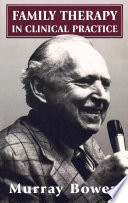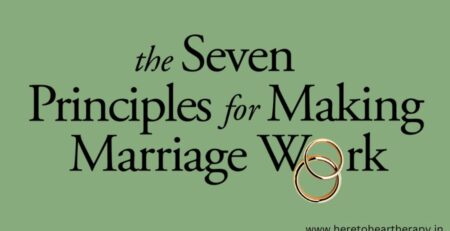Family Therapy: From Me to Us
When we think about therapy, particularly in India, the first image that comes to mind is of individual or one on one therapy, wherein one individual meets a trained therapist for therapy alone.
However other forms of therapy include family therapy and couple therapy. These forms of therapy focus on the dynamics between the couple or the family instead of individual people. Family therapy focuses on how patterns of interaction contribute to the problem and views the entire family as a client.

Family therapy or couples therapy often includes aspects such as communication patterns, conflict management, a difficult time, or a major transition such as divorce or remarriage. Family therapy focuses on how ‘we’ influence ‘me’; or how the group dynamic impacts individuals.
Since the pandemic, India has also seen a rise in both online couples therapy and virtual family therapy. There is a growing need for queer affirmative family therapists also, given the rise in blended families.
The History of Family Therapy
Work on establishing family therapy as a field started in the 1940s & 50s with the establishment of the American Association of Marriage Counsellors, now the American Association of Marriage & Family Therapy. Family therapy stems from a paradigm shift from Freudian Psychoanalysis to a systems approach all over the world.
Important figures in the fields of marriage & family therapy include Murray Bowen, Gregory Bateson & Salvador Minuchin.
Murray Bowen

At a time when there was a growing interest in Schizophrenia, Murray Bowen thought that the seed for emotional health was not the individual but the family unit which he called the systemic perspective.
Bowen’s theory was based on three underlying assumptions. Firstly, most emotional problems stemmed from people not being able to balance their need for autonomy & togetherness. Secondly, people vary in their ability to adapt- to cope with the demands of life and achieve goals. Thirdly, people tend to involve a third person in their dyad when they are faced with conflict. This according to Bowen, was seen as a more stable way of coping.
Gregory Bateson

Gregory Bateson worked with a side window wherein communication patterns between the family and the schizophrenic patient were observed. From these observations, he theorized a double-blind effect wherein the patient was: –
Given contradictory emotional messages
Could not confirm which of the messages was more valid
Could not leave the communication field
Was punished for not reacting to the contradictory emotional messages
Bateson’s work has influenced how we understand communication patterns today.
Salvador Minuchin

Minuchin was the pioneer of what is known as structural family therapy today. He believed that by altering the relationship between a person and the context in which he functions, the objective experience is changed. Minuchin set out to look for behavioral patterns and values in happy families irrespective of regional or cultural differences. While families have and continue to change every day since Minuchin formulated his theory; For example, blended families or gender-neutral families have increased the need for queer affirmative therapy in India and abroad). His work in structural family therapy continues to be influential today.
In the present-day family, therapy is influenced by object relations, systems theory & narrative approaches.
Family Therapy in India
While there is no specialized degree for family therapy in India. The subfield of family therapy is growing. Therapists who work with families generally have additional training in family therapy & narrative work apart from the minimum educational requirements of a master’s degree in Psychology.












Leave a Reply